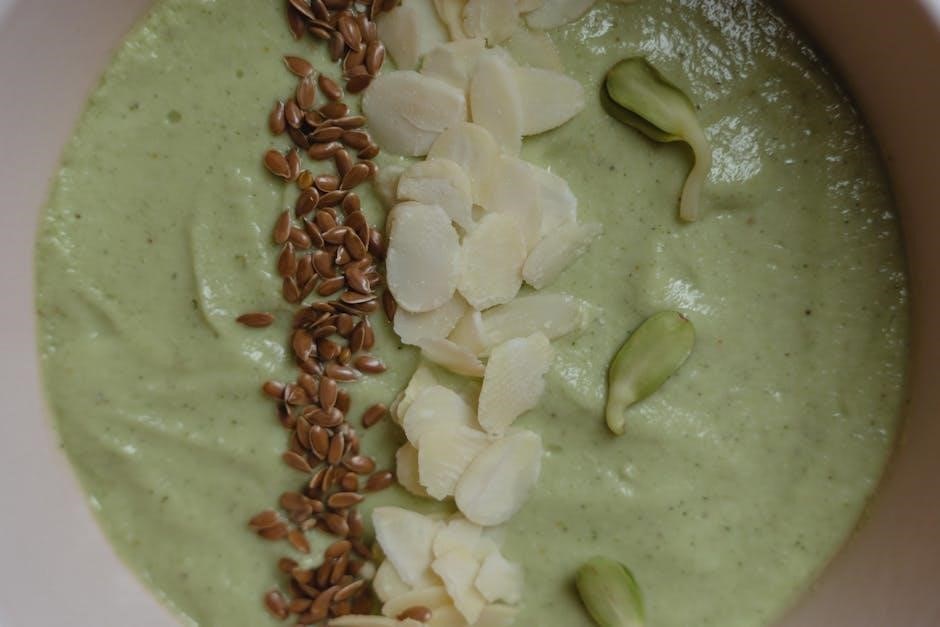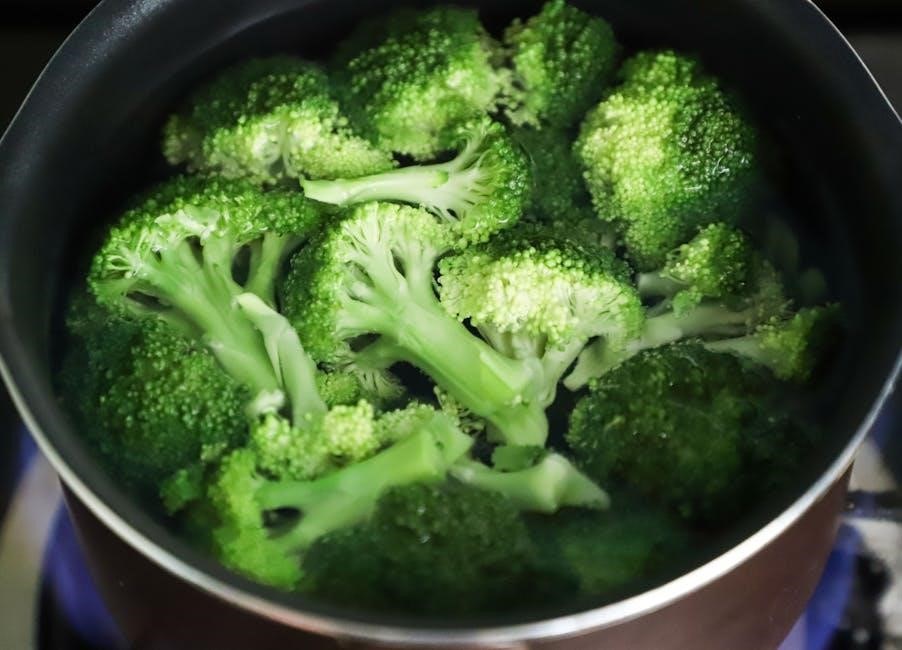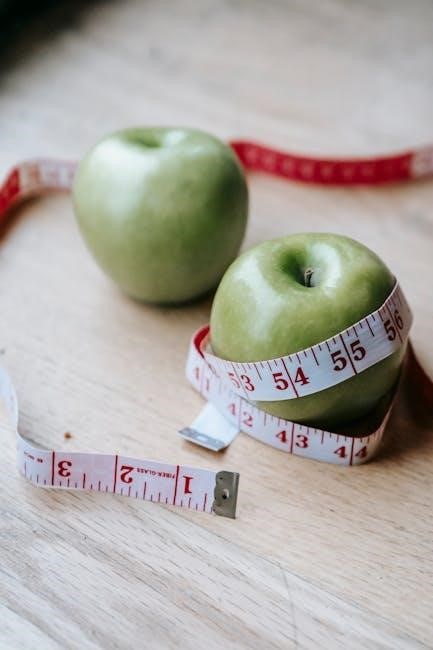The low sulfur diet is a dietary approach that involves reducing intake of sulfur-containing foods and compounds, using a
- step-by-step
guide.
Definition and Purpose
The low sulfur diet is defined as a dietary approach that focuses on reducing the intake of sulfur-containing amino acids and other sulfur compounds. This diet has a specific purpose, which is to help individuals who may be sensitive to sulfur or have conditions that require a low sulfur intake. The purpose of the diet is to provide a guide for individuals to follow, allowing them to manage their sulfur intake and alleviate symptoms associated with sulfur sensitivity. The diet involves careful planning and attention to food choices, with the goal of improving overall health and well-being, using a variety of food options and meal ideas.

Identifying High Sulfur Foods
Foods with high sulfur content include certain meats and
- seafood
options daily.
Foods to Avoid
On a low sulfur diet, certain foods should be avoided, including eggs, dairy, and soy products, as they contain high amounts of sulfur.
These foods can be reintroduced separately after the initial elimination period, allowing for monitoring of potential reactions.
A
- list
of high sulfur foods can be helpful in guiding dietary choices and ensuring compliance with the diet.
By avoiding these foods, individuals can reduce their sulfur intake and potentially alleviate symptoms associated with sulfur sensitivity.
Careful planning and attention to food choices are essential for a successful low sulfur diet, using a variety of
- strategies
to manage hunger and cravings.
Low Sulfur Food Options
Low sulfur foods include animal protein and certain vegetables, using guidelines for selection and preparation always.
Animal Protein and Vegetables
Animal protein sources and vegetables are essential components of the low sulfur diet, with options including 3-4oz portions of animal protein.
These can be paired with low-sulfur veggies like salads, carrots, and mushrooms, and other vegetables such as bell peppers and cucumbers.
The key is to choose foods that are naturally low in sulfur, using a list of approved foods to guide selection and preparation, and to eat frequently to avoid hunger.
A variety of squash and other vegetables are also suitable, making it possible to create a balanced and nutritious diet that meets individual needs and preferences, with careful planning and attention to detail.
Meal Ideas for Low Sulfur Diet
Low sulfur meal ideas include smoothies with specific ingredients and portions, using a
- guide
for planning and preparation always.
Breakfast Options
Low sulfur diet breakfast options are available, including strawberry-carrot smoothies with banana, strawberries, and carrot, and berry-beet smoothies with frozen banana and raspberries.
These smoothies can be made with rice or pea protein and various fruits and vegetables, providing a nutritious start to the day.
A guide is provided to help with meal planning and preparation, ensuring that the diet is followed correctly and safely, with plenty of food options available.
The breakfast options are designed to be low in sulfur, while still providing essential nutrients and energy for the day ahead, and can be tailored to individual needs and preferences.
Supplements and the Low Sulfur Diet
Methylation support supplements are stopped before starting the low sulfur diet plan slowly.
Stopping Methylation Support
To begin the low sulfur diet, it is necessary to stop taking methylation support supplements, including B2, B12, and B6, for at least one week. This allows the body to adjust to the new dietary approach. A list of supplements to stop includes B Complex Vitamins, and it is recommended to stop them preferably two weeks before starting the diet, especially for B12 injections. Stopping these supplements helps to ensure the accuracy of the diet’s results and prevents any potential interactions with the low sulfur foods. The process of stopping methylation support should be done carefully and under guidance to avoid any adverse effects.

Reintroducing Sulfur Foods
Reintroduce sulfur foods slowly using a
- structured
approach to monitor body reactions carefully always.
Step-by-Step Process
The process of reintroducing sulfur foods involves a careful and structured approach, starting with the removal of certain supplements, including methylation support, and then gradually introducing sulfur-containing foods, while monitoring the body’s reactions, using a
- systematic
method to identify potential issues, and making adjustments as needed, to ensure a safe and effective transition, with a focus on
- gradual
reintroduction, to minimize the risk of adverse reactions, and to allow for careful observation and evaluation of the body’s response, over a period of time, to determine the best course of action, and to make informed decisions, regarding the reintroduction of sulfur foods.

Managing Hunger on the Low Sulfur Diet
Using fats and oils helps manage hunger on the low sulfur diet with frequent eating and hydration methods always available online.
Using Fats and Oils
The low sulfur diet recommends using fats and oils to help manage hunger, as the diet can be low in protein and cause hunger easily.
Fats and oils provide a feeling of fullness and satisfaction, making it easier to stick to the diet.
A variety of fats and oils can be used, including olive oil, coconut oil, and avocado oil, which are all low in sulfur and rich in nutrients.
It is essential to choose high-quality fats and oils to ensure the best results and to follow the guidelines provided in the low sulfur diet plan to achieve success.
This approach helps to manage hunger and support overall health and well-being on the low sulfur diet.

Staying Hydrated on the Low Sulfur Diet
Drinking plenty of bottled or purified water is essential for staying hydrated always daily.
Drinking Plenty of Water
Drinking plenty of water is essential for overall health and well-being, especially when following a low sulfur diet. It is recommended to drink bottled or purified water to stay hydrated. A person should aim to drink at least eight glasses of water per day, and more if they are physically active. Water helps to flush out toxins and waste products from the body, and it can also help to reduce hunger and support weight loss. Additionally, drinking plenty of water can help to prevent constipation and other digestive problems that may occur when following a low sulfur diet. Staying hydrated is crucial for maintaining good health.
The low sulfur diet requires careful planning and attention to detail always matters.
Importance of Careful Planning
Careful planning is essential when following a low sulfur diet, as it requires attention to detail and a thorough understanding of sulfur-containing foods. A well-planned diet can help minimize symptoms and ensure adequate nutrition. Using a step-by-step guide and consulting with a healthcare professional can help individuals navigate the diet and make informed decisions. Additionally, planning meals and snacks in advance can help prevent hunger and ensure that the diet is sustainable in the long term, with a focus on whole foods and nutrient-dense options, including fruits, vegetables, and lean proteins, all of which are crucial for overall health.







